When it comes to securing cryptocurrencies, very few decisions carry as much weight as choosing the right hardware wallet. Online exchanges and software wallets may offer convenience, but they are always exposed to risks such as phishing, malware, or exchange collapses. A hardware wallet like the Trezor Model T is designed to bridge this gap, giving you control of your keys while keeping them isolated from potential online threats.
The Model T is the flagship hardware wallet from Trezor, developed by SatoshiLabs, a pioneer in this space. Unlike entry-level wallets such as the Trezor Model One, the Model T goes a step further with a color touchscreen, advanced recovery features like Shamir Backup, and broader compatibility with third-party apps. It is built for users who value not just security, but also a smoother and more modern user experience.
What sets the Model T apart in the current market is its balance between open-source transparency and strong cryptographic protections. While competitors like Ledger Nano X rely on secure elements and closed-source code, Trezor has doubled down on auditability, allowing anyone to review its firmware and trust in community-driven security. This philosophy appeals strongly to users who prefer verifiable security over proprietary “black box” solutions.
In this review, we’ll explore the Trezor Model T in detail: its design, security features, supported coins, ease of use, and value for money, while comparing it with alternatives like Ledger Nano X and newer Trezor devices such as the Safe 3. By the end, you’ll know whether the Model T is the right choice for your crypto journey, or if another wallet might suit your needs better.
Quick Summary
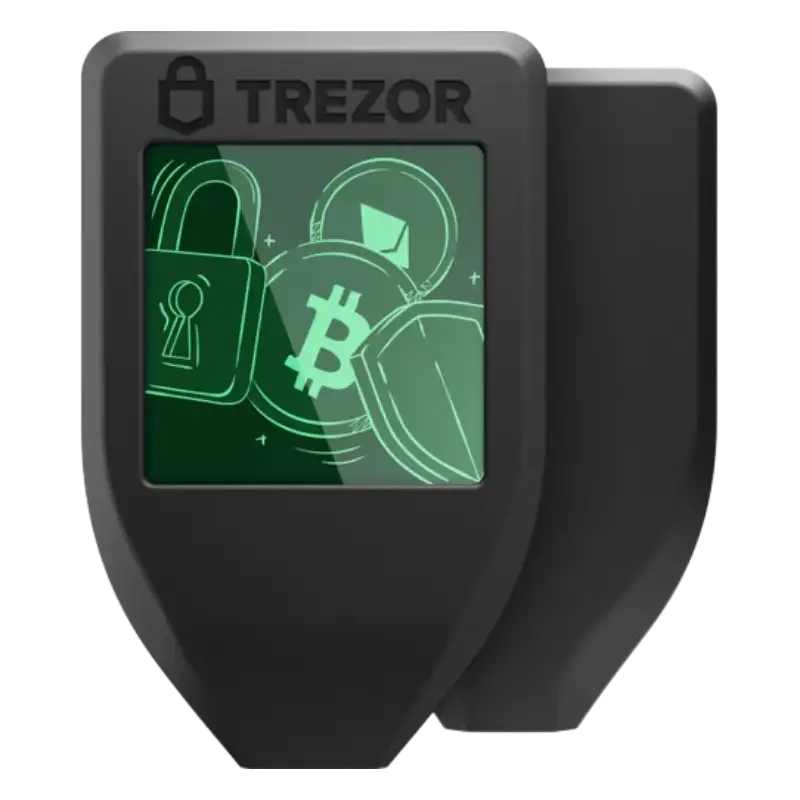
The Trezor Model T is a premium wallet built for users who want a mix of security, usability, and transparency. Its touchscreen makes confirming transactions simple and secure, while features like Shamir Backup set it apart from cheaper wallets. It does come at a higher price and skips Bluetooth, which makes it less ideal for casual or mobile-first users. Still, for anyone managing a diverse or high-value portfolio, the Model T remains one of the most trustworthy and user-friendly options available.
| Feature | Details |
|---|---|
| Price | Around $219 (official Trezor store) |
| Colors Available | Black, White |
| Interface | Full-color touchscreen (240×240 px) |
| Supported Cryptocurrencies | 9,000+ (including Bitcoin, Ethereum, ERC-20, and many altcoins) |
| Backup Options | Standard 12/24-word seed, Shamir Backup (up to 16 shares) |
| Connectivity | USB-C to desktop/mobile (via Trezor Suite and third-party integrations) |
| Security | PIN, passphrase, firmware verification, open-source transparency |
| Compatibility | Works with Windows, macOS, Linux, Android; integrates with MetaMask, Electrum, Exodus, and more |
| Best For | Long-term holders, DeFi/NFT users, security-focused investors |
The Good
The Bad
Check Out The Best Crypto Backup Tools,
Cryptotag Zeus
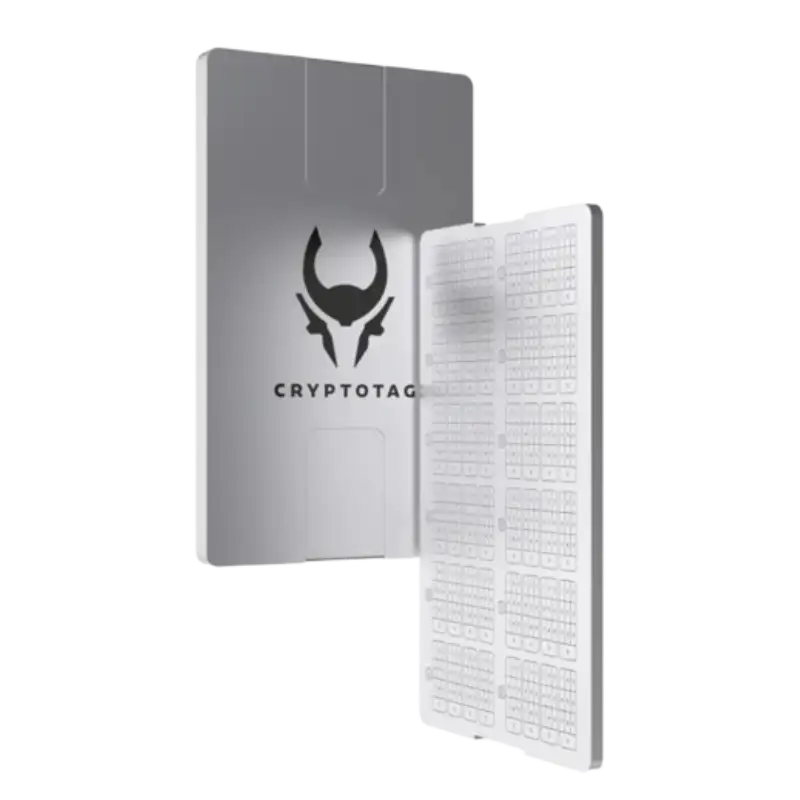
Cryptotag Loki
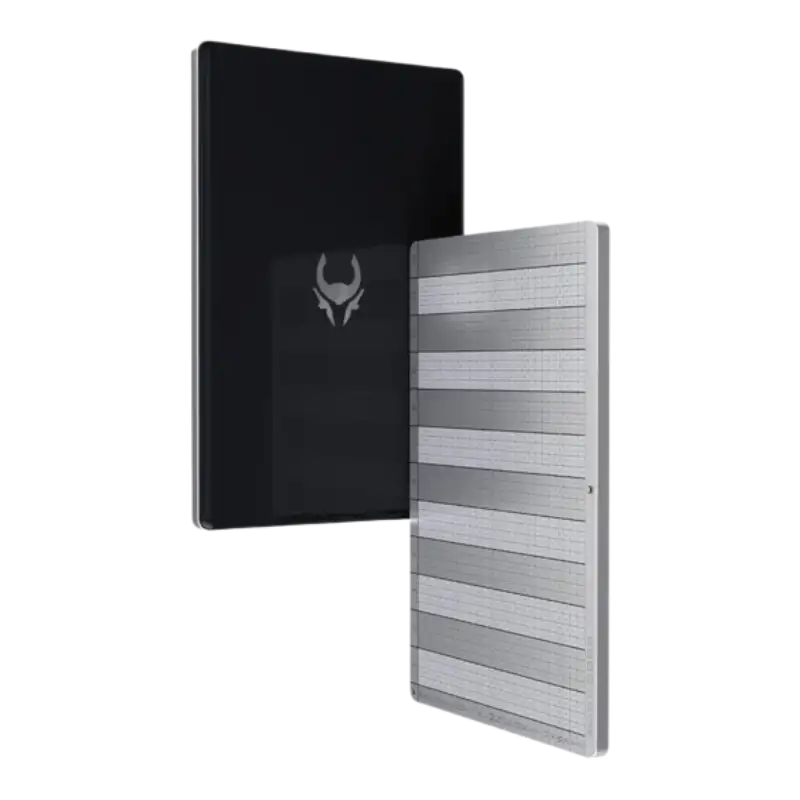
Capsule Solo
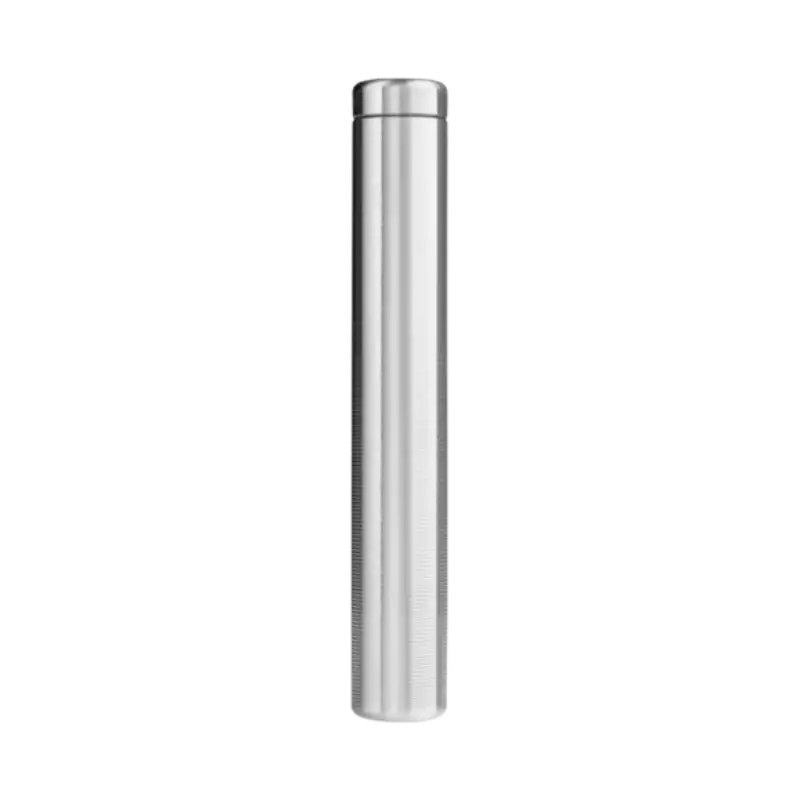
The Billfodl
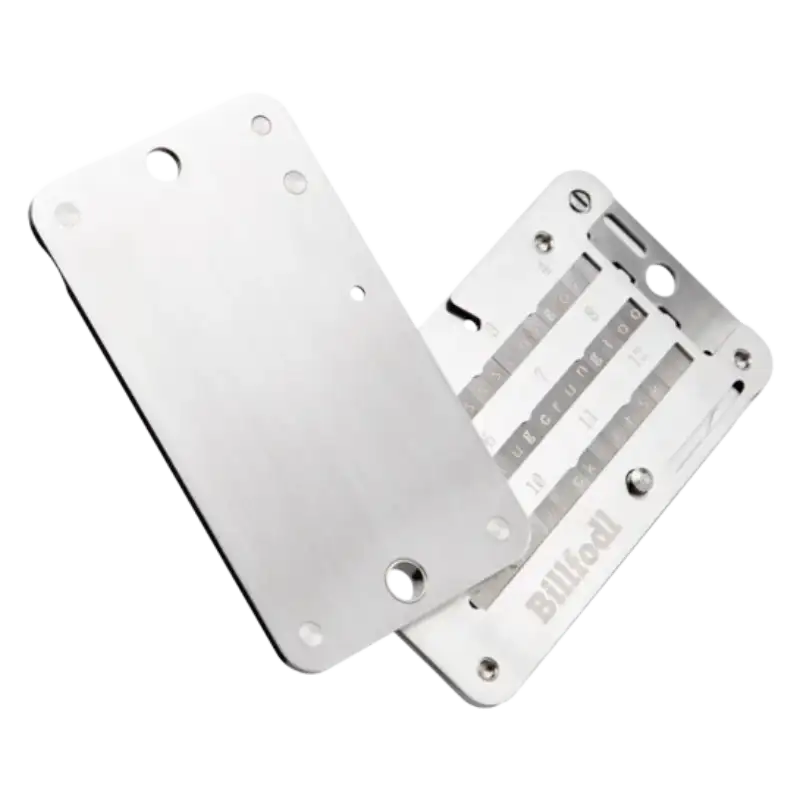
Design and Build Quality
The Trezor Model T makes a strong first impression by focusing on usability. Unlike many hardware wallets that rely on small buttons and limited displays, the Model T features a bright color touchscreen. This design choice isn’t just about aesthetics; it changes how you interact with the wallet. Confirming addresses, entering your PIN, or approving transactions feels more intuitive because you’re doing it directly on the screen, rather than juggling between your device and a computer keyboard.
In terms of build, the Model T has a compact but slightly bulkier form factor compared to the Trezor Model One or Ledger Nano devices. Its case is made of sturdy plastic rather than metal, which keeps it lightweight but may not feel as premium as the aluminum finish of some competitors. Still, it’s designed for desk use rather than constant pocket carry, and its durability is more than enough for typical daily handling. The inclusion of a magnetic dock adds a practical touch, letting you keep the wallet in place on your desk for quick access.
From an ergonomic standpoint, the touchscreen does introduce trade-offs. While it improves visibility and input accuracy, it can feel small when typing longer passphrases or navigating advanced features. Users with larger fingers may need some patience. However, this is a fair compromise given that the device is meant for occasional interaction rather than heavy daily use.
Compared to its sibling, the Trezor Model One, the Model T feels like a leap forward in design. Where the Model One uses physical buttons and a basic monochrome display, the Model T offers a more modern, smartphone-like experience. When stacked against the Ledger Nano X, the Trezor Model T trades portability and a sleeker metal finish for a more open, transparent, and accessible design philosophy.
Security Features
Security is where the Trezor Model T justifies its place as a flagship wallet. The device is built around the principle of never exposing your private keys to the internet or a connected computer. All critical operations from transaction signing to passphrase entry happen directly on the device’s touchscreen, ensuring that sensitive information is not intercepted by malware or keyloggers.
The Model T uses a combination of PIN protection, passphrase support, and firmware verification to defend against unauthorized access. Each time you connect the wallet, you’ll need to enter a PIN on the touchscreen. If someone tries to guess it, the waiting time between attempts increases exponentially, making brute-force attacks impractical. You can also add a passphrase as an extra layer, which effectively creates hidden wallets that only you can access with the correct phrase.
Another key highlight is Trezor’s commitment to open-source firmware. Unlike Ledger, which uses closed-source code tied to a secure element, Trezor publishes its firmware for public review. This allows the community and independent researchers to audit the code for vulnerabilities, giving security-conscious users more confidence in the transparency of the system.
Firmware authenticity is also verified each time the device boots, preventing tampered or unofficial code from running. And while the Model T doesn’t use a secure element chip (a decision some see as a limitation), its design philosophy favors auditability and user trust over reliance on proprietary hardware.
Finally, the Shamir Backup option adds another layer of security for recovery. Instead of relying on a single seed phrase, you can split it into multiple shares, for example, 3 out of 5, so losing one share doesn’t compromise your funds. This is especially valuable for long-term holders or businesses managing larger portfolios.
Supported Cryptocurrencies
One of the strongest reasons to consider the Trezor Model T is its extensive cryptocurrency support. The device works with 9,000+ coins and tokens, making it suitable for investors who manage a diverse portfolio beyond just Bitcoin or Ethereum.
At the core, the Model T natively supports major cryptocurrencies such as Bitcoin, Ethereum, Litecoin, Dash, and Dogecoin, along with most ERC-20 tokens. For those exploring beyond the basics, it also integrates with third-party wallets to expand compatibility, for example, MetaMask for DeFi and NFTs or Electrum for advanced Bitcoin use cases. This flexibility makes the Model T a practical choice for users who want one device to handle everything from long-term cold storage to active DeFi participation.
That said, support isn’t perfect. While the Model T can hold a huge variety of tokens, certain advanced features like NFT management or staking are not fully supported in the Trezor Suite software. Instead, you often need to rely on third-party apps such as MetaMask, Exodus, or MyEtherWallet. For some users, this extra step may feel like a minor inconvenience, but for others, especially those deeply involved in decentralized apps, it’s simply part of the workflow.
To give a clearer picture, here’s a simplified breakdown of what the Model T covers:
| Category | Examples Supported | Notes |
|---|---|---|
| Major Coins | Bitcoin (BTC), Litecoin (LTC), Dogecoin | Full native support in Trezor Suite |
| Smart Contract Platforms | Ethereum (ETH), Cardano (ADA), Solana (via integrations) | Some require third-party wallet connections |
| ERC-20 Tokens | USDT, USDC, Chainlink, Uniswap, etc. | Thousands supported, visible in Trezor Suite + MetaMask |
| Privacy Coins | Monero (XMR not supported), Dash, Zcash | Limited, Monero is notably missing |
| NFTs & DeFi | Ethereum and EVM-based chains | Requires MetaMask or other third-party integrations |
While the absence of Monero (XMR) and a few niche tokens may disappoint privacy coin enthusiasts, the Model T still covers the overwhelming majority of assets that everyday and professional investors rely on.
In short, if you’re holding a broad mix of assets, from mainstream coins to experimental DeFi tokens, the Trezor Model T ensures you won’t be left juggling multiple wallets.
Compatibility and Software Experience
The Trezor Model T works best when paired with Trezor Suite, the official companion software available for desktop and mobile (via Android). Trezor Suite provides a clean, modern interface where you can view balances, send and receive crypto, and manage multiple accounts. For beginners, it simplifies the onboarding process by walking you through setup, security checks, and firmware updates. For advanced users, it offers features like coin control, Tor support, and customizable transaction fees.
Compatibility is broad. The Model T works seamlessly with Windows, macOS, Linux, and Android devices through its USB-C connection. While iOS isn’t directly supported, you can still use the device in combination with web or desktop applications. The lack of Bluetooth, however, limits mobile-first usability compared to wallets like the Ledger Nano X.
Where the Model T really shines is in its third-party integrations. Beyond Trezor Suite, it connects with wallets such as MetaMask, Electrum, MyEtherWallet, and Exodus. This expands its use into areas like DeFi, NFT marketplaces, and advanced Bitcoin tools. For example, connecting the Model T with MetaMask allows you to interact with dApps and smart contracts securely while keeping your private keys isolated on the hardware device.
The open-source nature of the Trezor ecosystem also encourages ongoing development. Community-driven improvements and independent audits mean that the software continues to evolve in response to user needs and security updates. This is in contrast to some closed systems where updates depend solely on the manufacturer’s roadmap.
Overall, the Model T provides a balance between ease of use for everyday tasks and advanced flexibility for power users. Whether you want a simple dashboard for monitoring Bitcoin or a gateway into the broader DeFi ecosystem, Trezor Suite and its integrations make the experience smooth and adaptable.
Ease of Use and Setup
One of the main strengths of the Trezor Model T is how approachable it makes hardware wallet security, even for newcomers. The setup process is guided entirely through Trezor Suite and the device’s touchscreen, so you don’t need to juggle between insecure inputs on your computer and sensitive confirmations on the wallet. From the moment you connect the Model T via USB-C, the software walks you step by step: installing firmware, creating a new wallet, setting a PIN, and generating your recovery seed.
The touchscreen plays a huge role in reducing errors. For example, entering a PIN or confirming a crypto address is far easier here than on wallets that rely on tiny button presses and scrolling screens. This also minimizes the chance of phishing or address substitution attacks, since you visually confirm every transaction directly on the secure display.
For beginners, the process is simplified with clear on-screen instructions, while advanced users can enable features like passphrase wallets or Shamir Backup for enhanced security. Trezor’s documentation and tutorials further reduce the learning curve, so even if this is your first hardware wallet, the setup won’t feel intimidating.
Day-to-day use is also smooth. Sending or receiving crypto is as straightforward as plugging in the wallet, opening Trezor Suite, and following the prompts on-screen. While there is a bit of friction compared to hot wallets or exchange apps, since that’s the trade-off for higher security, the Model T balances it well by ensuring most tasks can be done in just a few taps.
For users migrating from the Trezor Model One or a Ledger Nano device, the transition feels natural but upgraded. The Model T doesn’t just secure your assets; it makes the entire experience of managing them less of a chore and more of a controlled, user-friendly process.
Backup and Recovery Options
The strength of a hardware wallet isn’t just in how it protects your funds during use, but in how it helps you recover them if the unexpected happens. The Trezor Model T approaches this with two methods: the familiar recovery seed and its more advanced Shamir Backup system.
With the standard recovery seed, you’ll be given a 12 or 24-word phrase when setting up the wallet. This phrase is your lifeline; if the device is lost, stolen, or damaged, entering this phrase on a new device restores your funds. It’s straightforward, widely supported across other wallets, and the industry’s baseline for backup. The downside, however, is that this seed is a single point of failure. Anyone who gains access to it could claim your assets, and if you lose it, recovery becomes impossible.
The Shamir Backup, unique to the Model T, is designed to address these risks. Instead of a single phrase, it splits your recovery into multiple “shares.” For example, you might generate five shares and configure the wallet to need at least three of them to restore access. This means you can store shares in different places, perhaps at home, with a trusted family member, or in a safe deposit box. Losing one or two shares doesn’t compromise your wallet, and no single share alone can be used to steal funds.
For most everyday users, the standard seed is simple and effective when paired with careful storage, often strengthened by writing it on a fireproof or steel backup rather than paper. But for businesses, long-term holders, or high-value investors, the Shamir Backup offers a layer of resilience that significantly reduces the risks of both theft and accidental loss.
Pricing and Value
The Trezor Model T is positioned as a premium hardware wallet, and its pricing reflects that. At around $219, it sits at the higher end of the market compared to other options like the Trezor Model One (around $69) or the Ledger Nano S Plus (around $79). Even Ledger’s more advanced Nano X, which includes Bluetooth connectivity, typically costs less than the Model T. This immediately raises the question: Is the price justified?
The answer depends on how you value the Model T’s unique offerings. Its touchscreen interface is not just a design flourish; it genuinely makes tasks like confirming addresses, entering a PIN, or using a passphrase more secure and less error-prone. For anyone who has struggled with button-based wallets, the upgrade in usability alone can feel worth the premium. Add to this the Shamir Backup feature, which provides a recovery flexibility unmatched by most competitors, and you begin to see where the cost is allocated.
However, the Model T does have limitations. It doesn’t include Bluetooth, which Ledger Nano X users may find essential for mobile-first setups. Its plastic build, while sturdy, doesn’t feel as premium as Ledger’s metal-finished devices. And while it supports thousands of coins, certain advanced DeFi or NFT functions still rely on third-party apps. For users who only plan to hold a small amount of Bitcoin or Ethereum, these extras may feel unnecessary, making a cheaper model more practical.
The real value of the Model T shows itself for users with diverse or high-value portfolios. If you’re managing multiple chains, engaging with DeFi, or holding long-term investments that you cannot afford to risk, the price becomes easier to justify. It’s less about comparing dollar-for-dollar features and more about paying for peace of mind, trust, and auditability.
In short, the Trezor Model T isn’t for everyone. But for those who want a wallet that combines usability, advanced recovery, and open-source transparency, its higher price feels less like an expense and more like a long-term investment in security.
Who Should Buy the Trezor Model T?
The Trezor Model T is not a one-size-fits-all wallet. Its price, features, and design make it particularly appealing to some groups of users, while others may find more value in cheaper alternatives like the Trezor Model One or Ledger Nano S Plus.
For long-term investors holding a diverse portfolio of cryptocurrencies, the Model T makes a lot of sense. Its support for thousands of assets, combined with Shamir Backup and an intuitive touchscreen, ensures both flexibility and peace of mind. If you’re planning to hold digital assets for years, and especially if those assets represent significant value, the extra cost of the Model T is easier to justify.
It also fits well for active DeFi and NFT users. Although some actions require connecting to third-party wallets like MetaMask, having a hardware wallet that integrates smoothly with these platforms while keeping private keys offline is a major security boost. If you’re engaging with smart contracts, staking platforms, or NFT marketplaces, the Model T provides the extra layer of trust that hot wallets simply cannot.
For businesses or families managing shared funds, the Shamir Backup system is another standout reason to choose the Model T. Being able to distribute recovery shares across multiple trusted people reduces the risk of one person losing or misusing the wallet’s seed. It’s a feature that makes the Model T more than just a personal tool; it becomes a collaborative security solution.
On the other hand, if you’re a casual investor who only holds small amounts of Bitcoin or Ethereum, or if you’re mainly testing the waters of crypto, the Model T might feel excessive. The lower-cost Model One provides robust security at a fraction of the price. Similarly, if Bluetooth mobility matters to you, the Ledger Nano X offers better on-the-go convenience.
Competition and Alternatives
The Trezor Model T sits in a crowded field of hardware wallets, each targeting slightly different user needs. To understand its position, it’s useful to compare it directly against leading alternatives such as the Ledger Nano X, Ledger Nano S Plus, and its sibling, the Trezor Model One.
Here’s how they stack up:
| Device | Price | Key Features | Pros | Cons | Best For |
|---|---|---|---|---|---|
| Trezor Model T | $219 | Touchscreen, Shamir Backup, open-source | Intuitive UI, advanced backup, wide coin support | No Bluetooth, higher cost, plastic build | Long-term holders, DeFi users, businesses |
| Trezor Model One | $69 | Button-based, standard seed backup | Affordable, reliable, open-source | No touchscreen, fewer features | Beginners, casual investors |
| Ledger Nano X | $149 | Bluetooth, mobile app, secure element chip | Portable, mobile-first, strong ecosystem | Closed-source firmware, less transparent | Mobile users, active traders |
| Ledger Nano S Plus | $79 | USB-C, secure element, larger screen than Nano S | Affordable, great coin support, reliable | No touchscreen, less premium build | Budget-conscious investors, backups |
Beyond these, some users also consider specialized metal backups like the Cryptotag Zeus or Cryptosteel Capsule Solo. These aren’t wallets but serve as indestructible storage for recovery seeds, often paired with hardware wallets like the Model T to ensure complete resilience against loss.
What makes the Model T stand out is its balance between usability and transparency. The Ledger devices are sleeker and, in the case of the Nano X, more mobile-friendly. The Model One is cheaper and secure but lacks the modern interface and advanced recovery features. If transparency, open-source trust, and recovery flexibility are non-negotiables, the Model T is the clear winner, but it’s not the wallet for everyone’s budget.
Customer Support and Community
When investing in a premium hardware wallet like the Trezor Model T, support and community backing play an important role in the overall experience. Unlike some smaller wallet brands, Trezor benefits from being developed by SatoshiLabs, a pioneer in the crypto security space, with years of trust built into its ecosystem.
Trezor offers multiple support channels, including a detailed knowledge base, ticket-based customer support, and guided troubleshooting inside Trezor Suite. For most issues, such as firmware updates, transaction errors, or wallet recovery, the documentation is thorough enough to help beginners without needing direct assistance. More complex cases can be escalated through official support tickets, though response times can vary depending on demand.
What truly strengthens the Model T’s position is its community-driven ecosystem. Because the firmware and software are open-source, independent developers and researchers actively audit and contribute improvements. This means vulnerabilities are more likely to be discovered and patched quickly, and users benefit from innovations beyond what SatoshiLabs develops internally.
The Trezor community is also active in forums and social spaces, where users share tips, setup guides, and solutions to common problems. For someone new to hardware wallets, this community knowledge can be just as valuable as official support.
That said, some users may find Trezor’s lack of live chat or phone support limiting, especially when compared to mainstream consumer tech brands. While the self-service model aligns with its open-source philosophy, users who want hand-holding through every step may find it less accessible.
Final Verdict: Still Worth it to Buy Trezor Model T?
The Trezor Model T is not just another hardware wallet; it’s a product designed for users who want control, flexibility, and trust in one package. Its touchscreen makes crypto management more intuitive than button-based wallets, and the inclusion of Shamir Backup gives it an edge in long-term resilience. Add to that Trezor’s open-source firmware, and you get a device that prioritizes transparency and verifiable security, something competitors like Ledger cannot fully match.
That said, it comes with trade-offs. At around $219, it is significantly more expensive than both the Trezor Model One and the Ledger Nano S Plus, making it less attractive for casual or small-scale investors. It also lacks Bluetooth, which the Ledger Nano X offers for mobile-first users. And while it supports thousands of assets, some advanced tasks, such as NFT management, still depend on third-party apps.
For users with serious portfolios, long-term holdings, or business-level security needs, the Model T justifies its price by delivering peace of mind and usability in equal measure. For those who only need a reliable, affordable entry into self-custody, alternatives like the Model One or Nano S Plus may be more sensible.
In short: if your goal is to protect a diverse or high-value portfolio with maximum transparency and recovery flexibility, the Trezor Model T stands as one of the most trustworthy and future-proof hardware wallets you can own.
File Your Crypto Taxes in Less Than 20 Minutes,
Coinpanda

Coin Ledger

Koinly

Frequently Asked Questions [FAQs]
Yes, but with limits. You can connect it to Android devices using USB-C and manage assets through supported apps. However, iOS isn’t directly supported, so most users rely on desktop or laptop setups.
Not natively. While it secures Ethereum-based NFTs, viewing and managing them requires third-party wallets like MetaMask or Exodus. The device still signs transactions, keeping your private keys safe.
You can recover your funds on a new device using your recovery seed. If you enabled Shamir Backup, you’ll need the required number of shares you set up during recovery. Without these, funds cannot be restored.
No, it isn’t ruggedized. The device is sturdy enough for daily handling but should be kept away from water, extreme heat, or physical shocks. Using a protective case or dock is recommended.
Whenever Trezor releases updates. Firmware updates fix bugs, add new features, and strengthen security. You’ll be prompted in Trezor Suite when one is available, and the process is straightforward.
Partially. You can use it with third-party services that support staking, such as via wallets integrated with Trezor. Direct staking isn’t yet built into Trezor Suite.
The Model T offers a touchscreen, Shamir Backup, and broader coin integrations. The Model One is cheaper but uses buttons, lacks advanced backup, and has fewer supported coins.
Did we help you out? Show us some support:
Ethereum Address

0xE7D047f1FA287f4ad298864535a62E45E789b445
Bitcoin Address
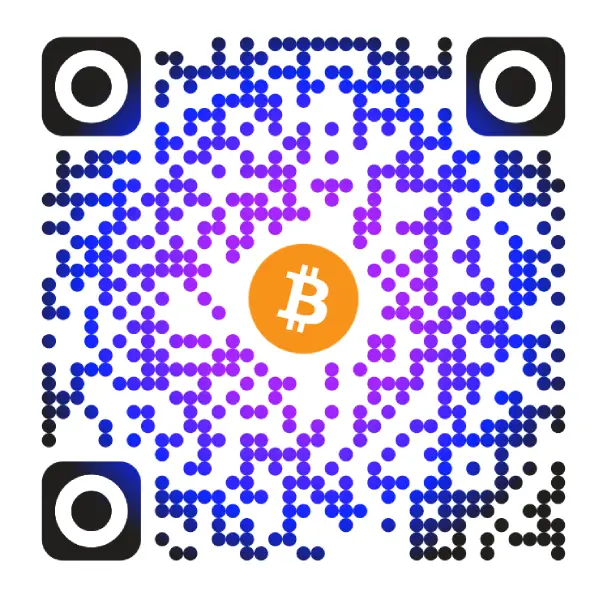
bc1q84w4qvaz5a2wne9xlf799s8we4q64a2yrttet8
Solana Address

52wokPhAncfZwGtTCHMycXGKKKAPENBw5yFTMewmpHQz

